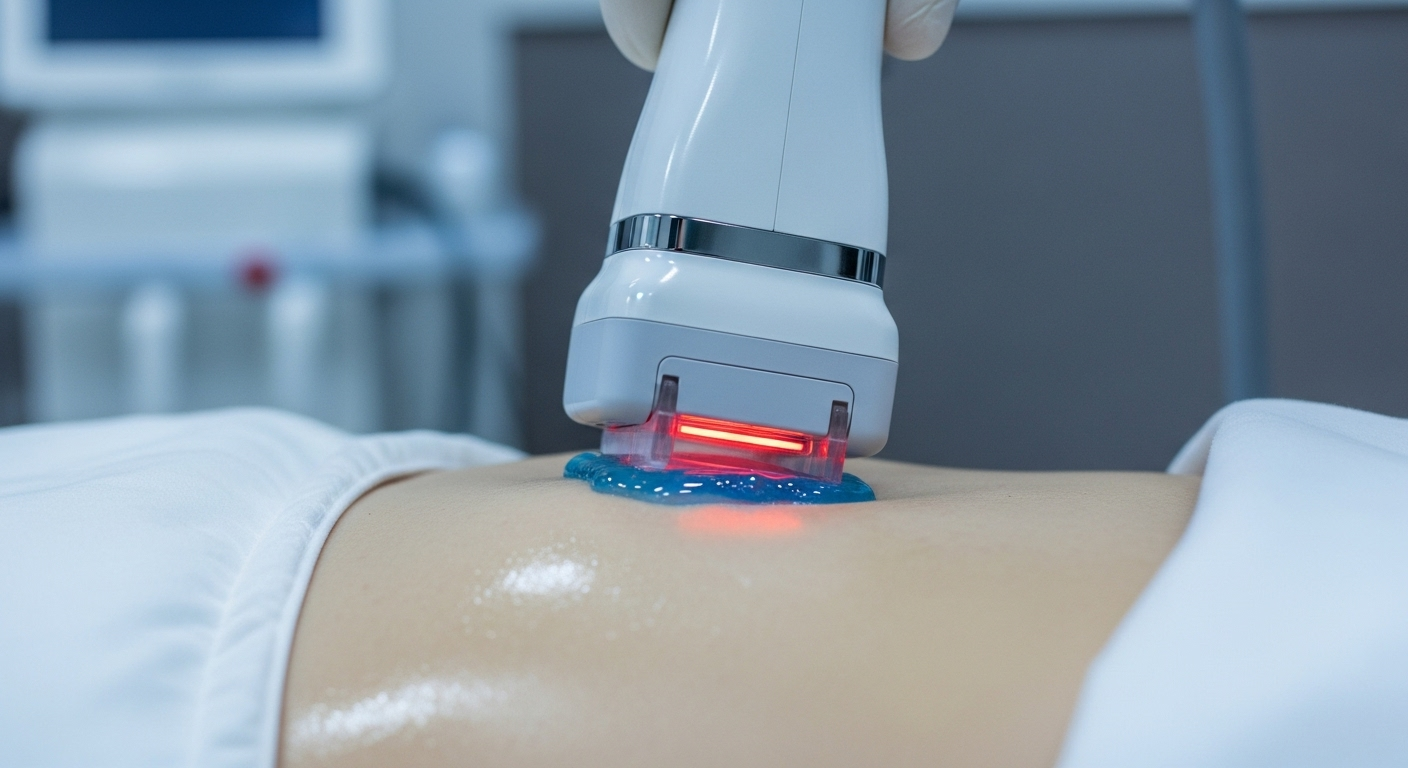Skin Tightening: Methods for the Face and Neck
Skin laxity — the gradual loosening and wrinkling of skin — is common with age, weight changes, and sun exposure. People often seek skin tightening for the face and neck to restore a firmer appearance without surgery. This article explains how skin tightening works, what technologies are available, how results vary by area, and what to expect from recovery and follow-up care. It focuses on evidence-based options and practical considerations for choosing a suitable treatment in your area.

This article is for informational purposes only and should not be considered medical advice. Please consult a qualified healthcare professional for personalized guidance and treatment.
Laser: How does it tighten skin?
Laser devices deliver focused energy to the dermis to stimulate collagen and elastin production. Controlled thermal injury prompts the body’s repair processes, gradually improving skin firmness and texture over several months. Different laser types (ablative, non-ablative, fractional) vary in depth, downtime, and risk profile. Non-ablative lasers typically require multiple sessions with minimal downtime, while ablative lasers remove microscopic skin layers and produce more dramatic results but longer recovery. Choice of device depends on skin type, treatment goals, and provider expertise.
Skin: Why does skin loosen with age?
Skin loses elasticity due to reduced collagen and elastin synthesis, slower cell turnover, and cumulative environmental damage such as UV exposure. Fat redistribution, muscle changes, and loss of bone volume also change facial contours, making skin appear looser. Lifestyle factors — smoking, poor nutrition, and repeated weight fluctuation — can accelerate laxity. Understanding the underlying causes helps set realistic expectations: treatments that stimulate collagen can improve firmness, but structural changes sometimes require combined approaches to restore overall contour.
Face: What results can be expected from face treatments?
Facial skin tightening aims to reduce mild to moderate sagging, soften jowls, and smooth fine lines. Non-surgical treatments like lasers, radiofrequency, ultrasound, microneedling with radiofrequency, or injectable collagen stimulators often yield gradual improvements seen over weeks to months. Typical outcomes include firmer skin texture and modest lifting; results vary by age, baseline laxity, and treatment intensity. Multiple sessions are usually recommended and maintenance treatments may be necessary. For pronounced sagging, surgical options remain the definitive approach for lifting and contouring.
Neck: Is tightening different for the neck?
The neck has thinner skin and different anatomy, so responses to treatment can differ from the face. Bands, horizontal lines, and laxity often require targeted approaches. Energy-based devices (laser, radiofrequency, and ultrasound) can improve neck skin firmness, but results tend to be more variable and sometimes less pronounced than on the face. Providers often combine skin tightening with treatments addressing submental fat or platysmal bands for better contouring. Careful assessment of underlying muscle, fat, and skin is essential to choose the right modality for neck tightening.
Treatment: What options should you consider locally?
Treatment options include non-invasive energy-based devices, minimally invasive procedures, and surgery. Non-invasive: laser, radiofrequency, and ultrasound treatments that stimulate collagen with little downtime. Minimally invasive: microneedling with radiofrequency, thread lifts, or laser-assisted subcision targeting deeper tissue with moderate recovery. Surgical: facelifts or neck lifts provide the most substantial, long-lasting correction for advanced laxity. When seeking local services, check practitioner qualifications, before-and-after portfolios, and whether the clinic offers the specific device suited to your skin type and goals.
Conclusion
Skin tightening encompasses a range of approaches from non-invasive lasers to surgical lifts, each with different expected outcomes, risks, and recovery needs. Non-surgical treatments can provide meaningful improvement for mild to moderate laxity but often require serial sessions and maintenance. The neck and face respond differently because of tissue thickness and anatomy, so individual assessment matters. Discuss your goals with a qualified provider who can explain options, likely results, and follow-up care tailored to your skin and medical history.






